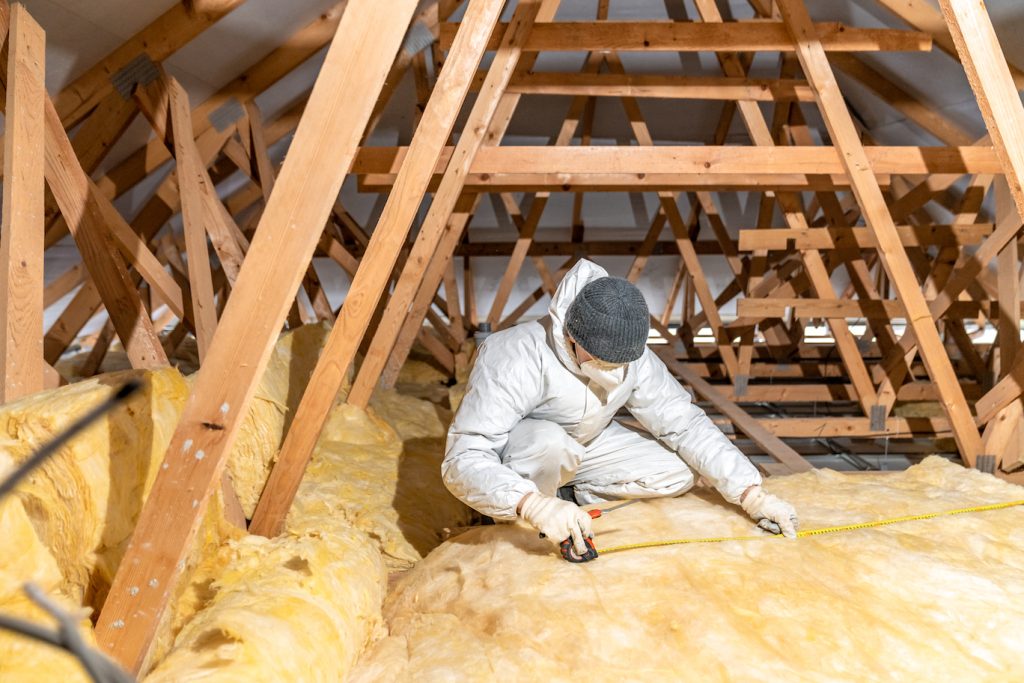Winter is creeping up on us and we need to make sure our homes are as warm as possible. As well as heating your home with an efficient boiler system, you can also do small duties around the home to ensure your property is toasty.
Draught-proofing is one of the cheapest and most efficient ways to save energy and money in any type of building. Even if your home is well-insulated, heated or cooled air can leak in and out through gaps and cracks.
Why should you start draught-proofing your home? Well, draught-proofing around windows and doors could save you between £25 and £50 per year.
According to the Energy Saving Trust, if all homes were to do this in the UK, the total energy savings could be worth as much as £190 million, and the energy saved would heat nearly 400,000 homes.

There are plenty of DIY stores that sell draught-proofing materials, but you should always look out for draught-proofing with a Kitemark as this shows that the product is made to a good standard. All products mentioned in our blog are available at hardware stores.
Draught-proofing is inexpensive if you’re happy carrying out simple DIY tasks. Professional draught-proofing is likely to save more energy because the installer will know exactly the right materials to use and where to use them, but will cost you a lot more.
Take a look at our top tips for draught-proofing, how to source your draughts and how to improve comfort levels with little or no fuss.
Start with your draughts at low level. You need to identify where they are coming from, and seal them up. Check with your hand around all the doors and windows, and fit additional draught-stripping if needed. Suspended timber floors can be difficult to draught-proof effectively, even with thick carpets and underlay.
Due to everyday usage, floorboards and skirting boards often contract, expand or move slightly therefore causing draughts.
Fitting insulation below the floorboards has an immediate and cost-effective effect. This process will involve some disruption but its well worth the effort.
You can block floorboard cracks by squirting a filler into the gaps, making sure its silicone-based so that the filler can tolerate movement. Fillers may break down over time, but can easily be reapplied.
As for your windows, buy either self-adhesive foam or metal draught-proofing strips to stick around and fill the gap between the window and the frame.
However, with sliding sash windows, foam strips do not work well. It’s best to fit brush strips or consult a professional.
Doors are one of the biggest sources of draughts, and sealing these draughts can save lots of heat. Before you start draught-proofing your doors, you need to consider the following four things:
Your inside doors only need draught-proofing if they lead to a room which is unheated such as a spare bedroom. Keep these doors closed constantly and if there is a gap at the bottom of the door, block it with a humble draught excluder.
Your inside doors between two heated rooms don’t need draught-proofing, as you don’t lose energy when warm air circulates.
Loft hatches can also be the source of draughts in your home. Hot air rises and gets lost into the cold space in your loft or attic, so it’s worth blocking off draughts around your loft hatch. Use strip insulation, as you would on a door.
Cracks in your walls can also cause draughts. You can fill in cracks using cements or hard-setting fillers, but if it’s a large crack there may be something wrong with your wall. Consult a surveyor or builder to see what caused the crack in the first place.
If you’ve finished draught-proofing and you’re still unhappy with the coldness of your home, get in touch with one of our registered gas engineers to see how we can help you achieve optimum heating efficiency.